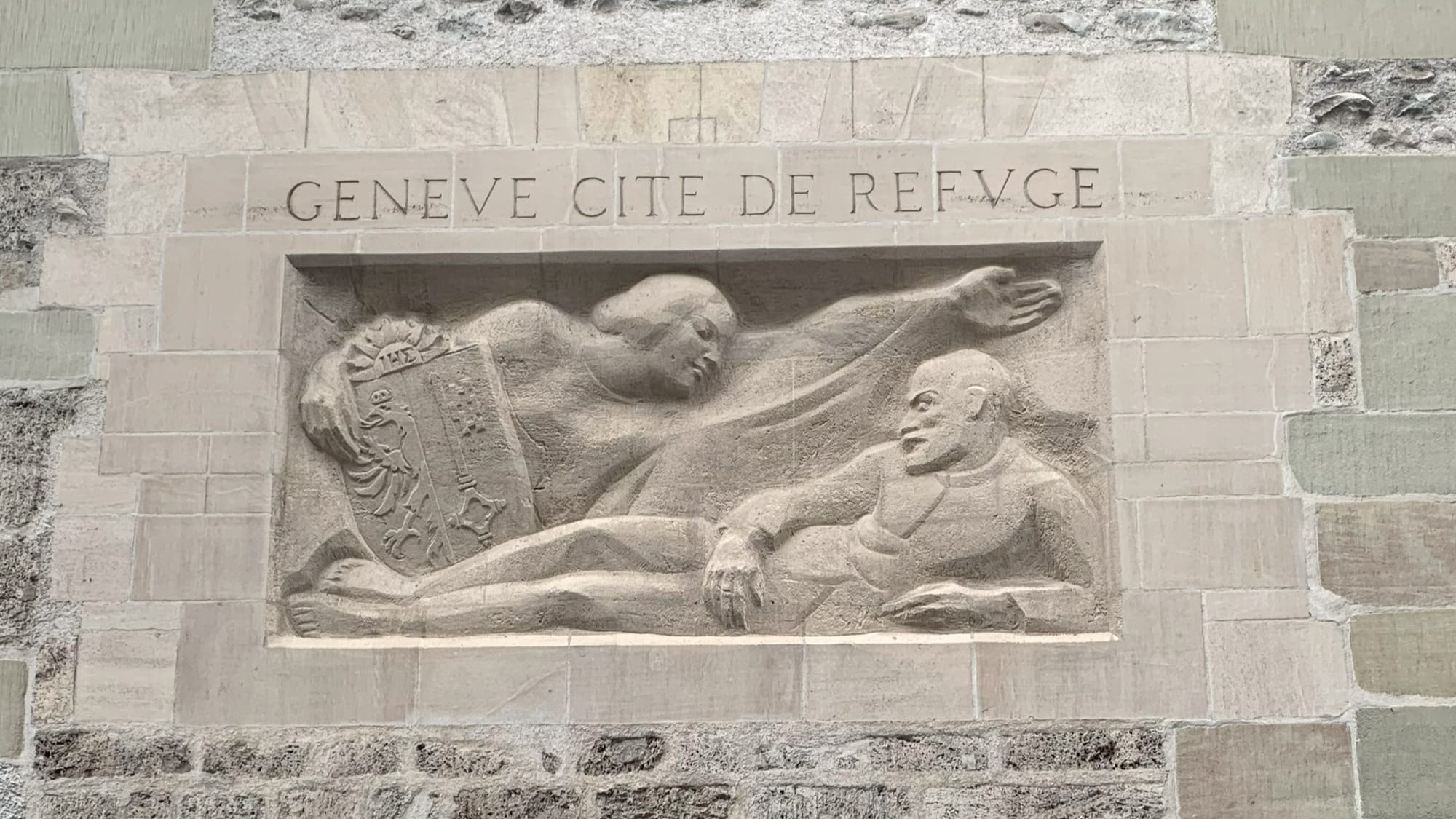
It was my third trip to Geneva, and this time I promised myself I’d go beyond my usual wanderings through Old Town and visit the birthplace of the World Wide Web.
CERN, the European Organization for Nuclear Research, has fascinated me ever since a graduate school co-op brought me to Texas in 1993 to work at the Superconducting Super Collider (SSC). That never-completed particle accelerator was designed to be even bigger than CERN’s Large Hadron Collider, capable of revealing the universe’s most fundamental particles.
While I was at the SSC, learning to search the Internet using now-obscure tools like Gopher, Archie, and Veronica, Tim Berners-Lee was at CERN, developing the software that would launch the Web that same year.
CERN describes itself as the place where great minds “probe the fundamental structure of particles that make up everything around us… using the world's largest and most complex scientific instruments.”
In other words, it’s kind of a big deal, and I knew I’d regret being this close and not seeing it for myself.
The travel schedule was tight, but doable. Geneva is not only a very walkable city, it also has a great public transportation system. There was a train station within walking distance of my hotel where I could catch a tram that would take me right by CERN. But instead of the efficiency that the Swiss are widely known for, this time I found an excruciating hour-long queue for passport control when I landed, and my window of opportunity began closing.
Not giving up, I stopped by the hotel just long enough to throw my suitcase in the room and head out looking for Tram 18. I could have taken a left or a right when I got to the station. One way would take me right to the correct stop. The other would take me all around the building and almost back to where I started. Naturally, I chose wrong. In the end, I arrived on the doorsteps of CERN well after the last tour of the day and just 10 minutes after the exhibits closed. I had to satisfy myself with a coffee mug from the gift shop and some photos from outside.
I consoled myself with some retail therapy on cobbled Old Town streets such as the Grand-Rue. The fact that modern brands and designers offer trendy shopping where Celtic people established Geneva's first fortified settlement around 500 BCE amazes me.
It’s sweetly astounding to watch children ride on the wooden horses of Carousel de la Madeleine just steps away from Saint Pierre Cathedral, which was constructed in the 11th century as part of the Germanic Holy Roman Empire and became the home church of the 16th-century Protestant Reformer John Calvin.
Calvin’s influence on the city went beyond strictly religious reform. He can be credited with kickstarting one of the other things the Swiss are well-known for today – watchmaking. In 1541, he banned the wearing of jewelry, but made an exception for watches because they were practical tools. This loophole caused many jewelers to bring their skills to watchmaking, and today, Geneva remains the home of many of the world’s top watch brands.
It also hosts the headquarters of many global organizations such as the World Health Organization, the World Trade Organization, the Red Cross, and the World Economic Forum. With so many international bodies based here, English is widely spoken alongside the local French. The city is heavily influenced by its intertwined history with France, but it embraces its place as an international melting pot.
Among the Old Town cobblestones in Place du Molard, the city has incorporated new paving stones that light up at night with greetings in a multitude of languages from Spanish to Russian, and Chinese to Arabic. It makes for a romantic stroll after enjoying dinner in a nearby cafe, and it perfectly suits the city’s motto of "Post Tenebras Lux", which is Latin for "After Darkness, Light."

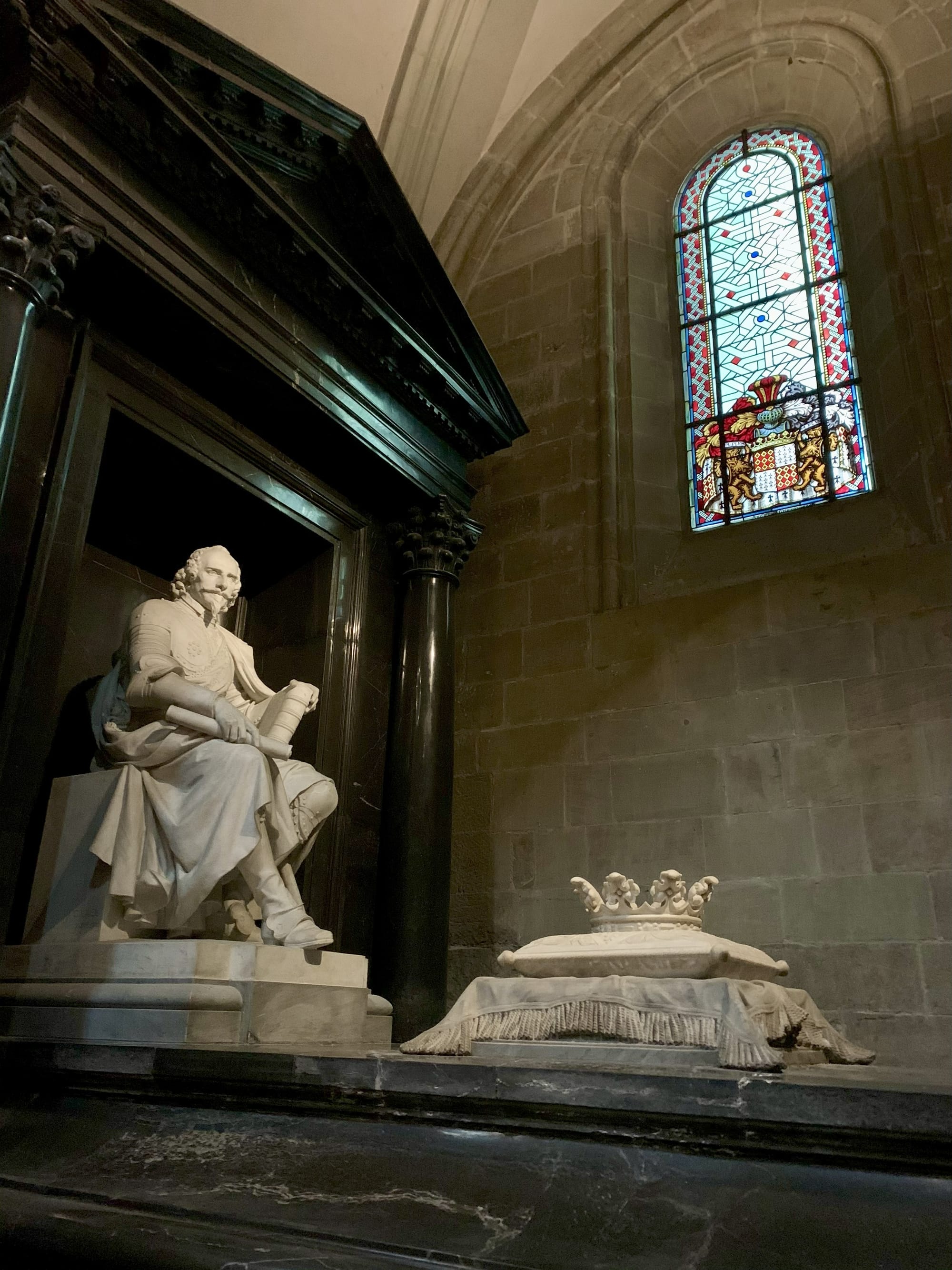
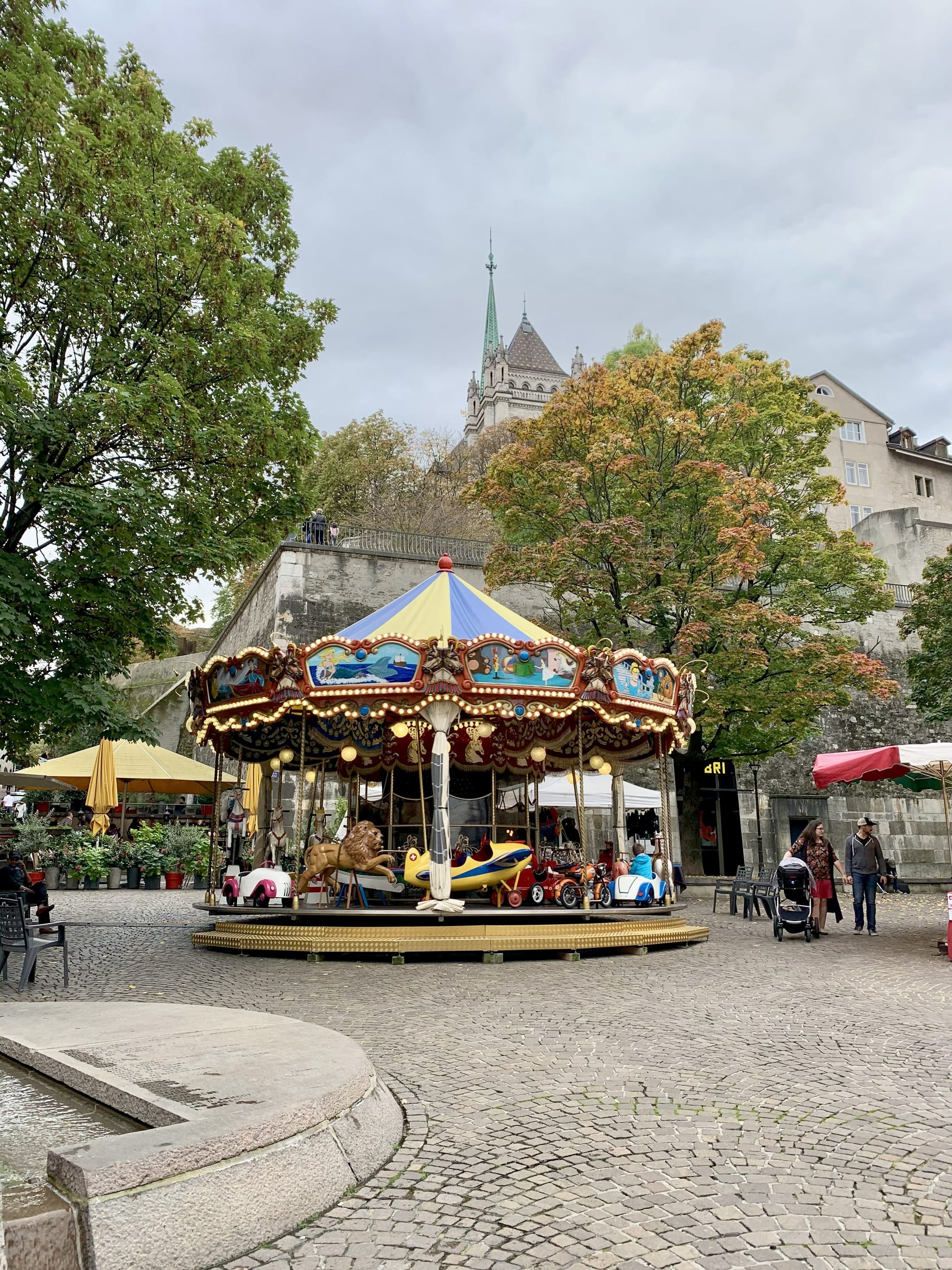
"Wandering the immeasurable" steel sculpture by the Globe of Science and Innovation at CERN, statue of the Duke of Rohan inside Saint Pierre Cathedral, and the Carousel de la Madeleine in Old Town Geneva. © Laura Pevehouse

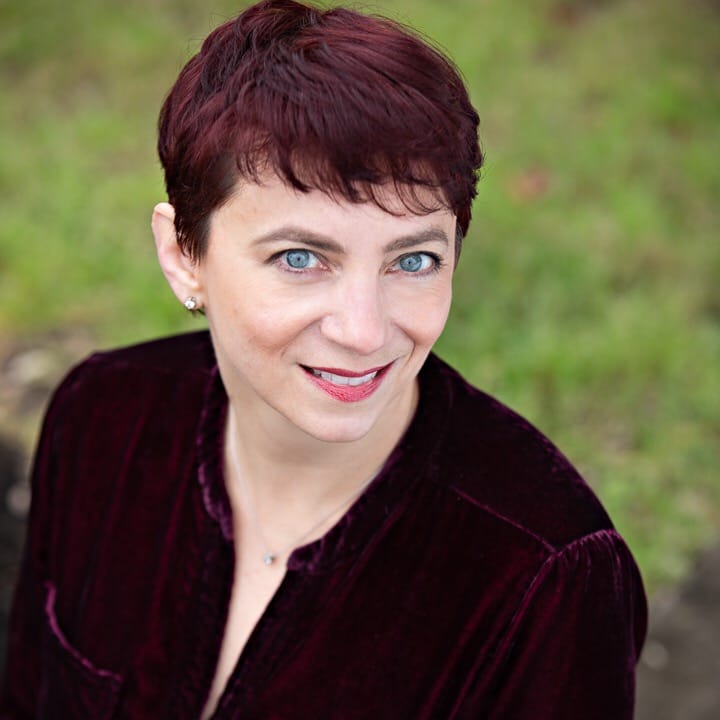

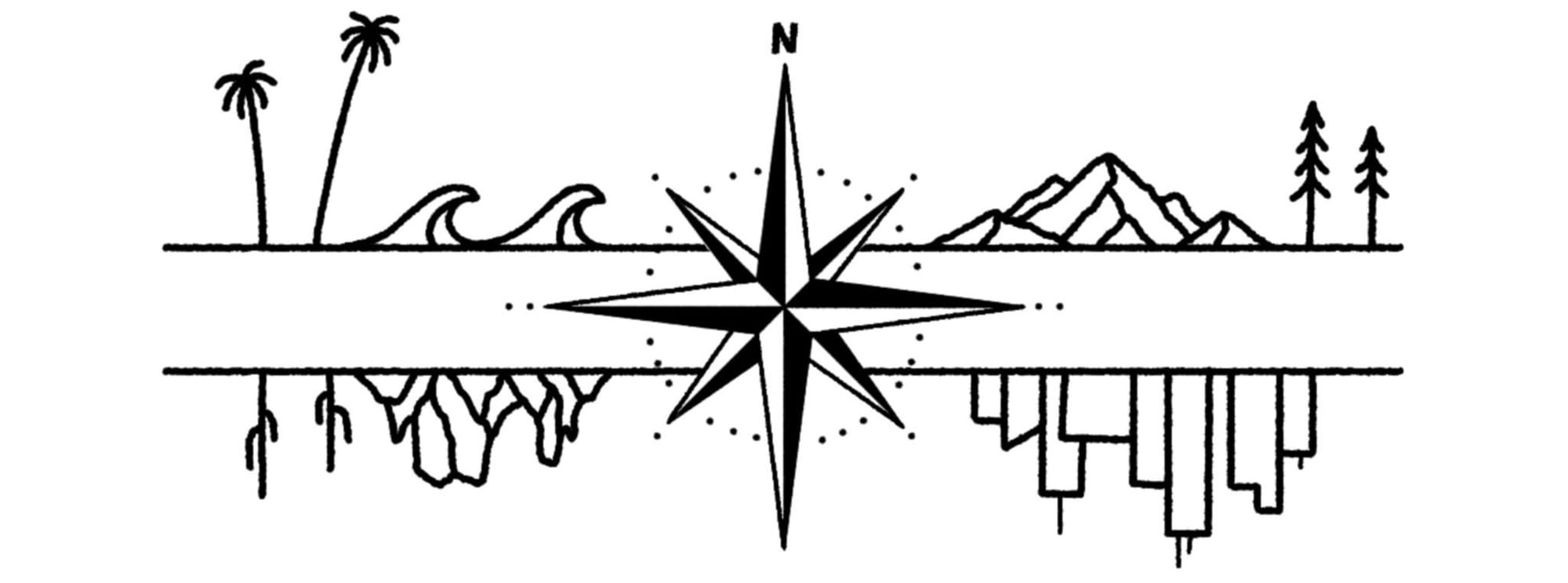
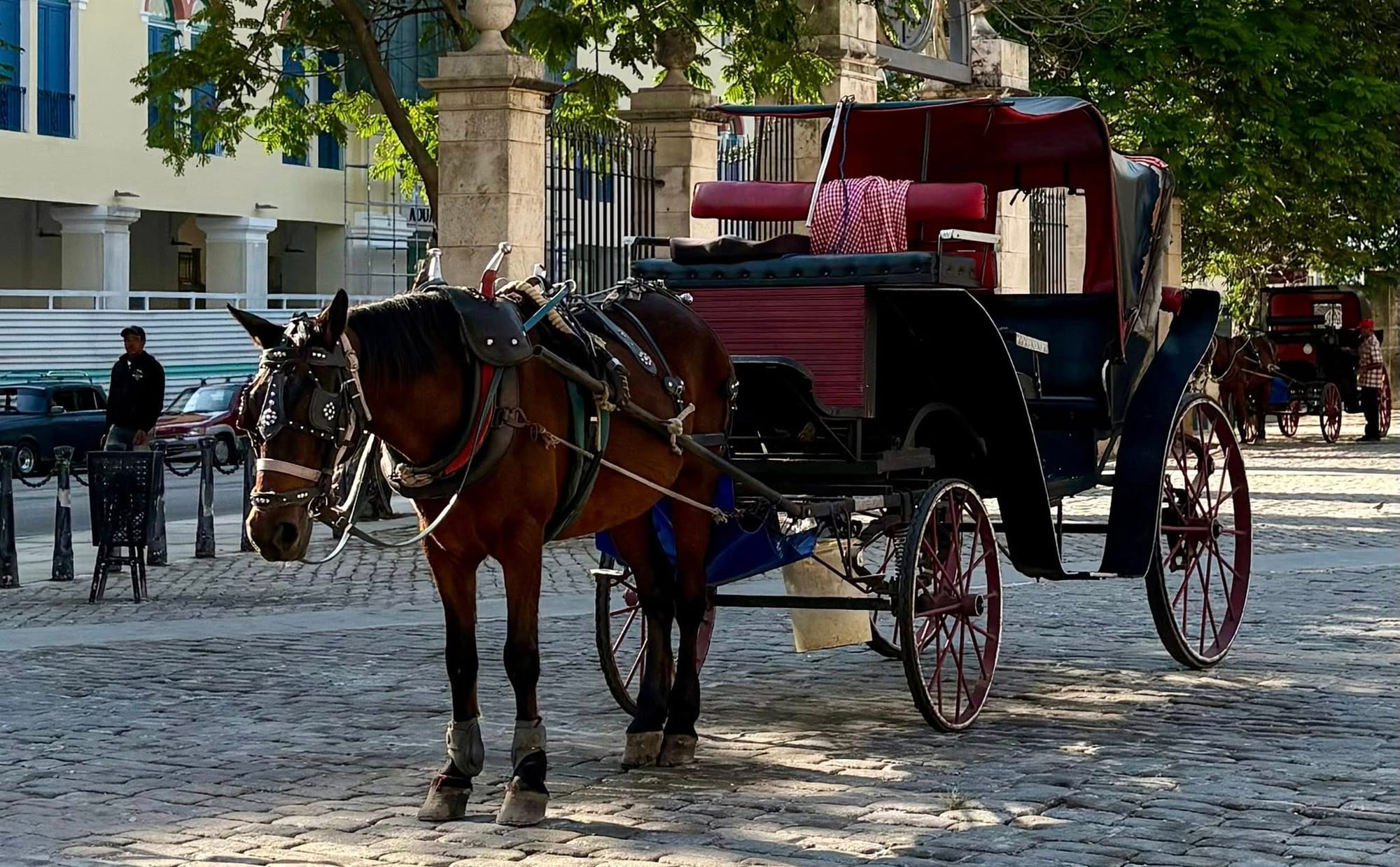

Comments